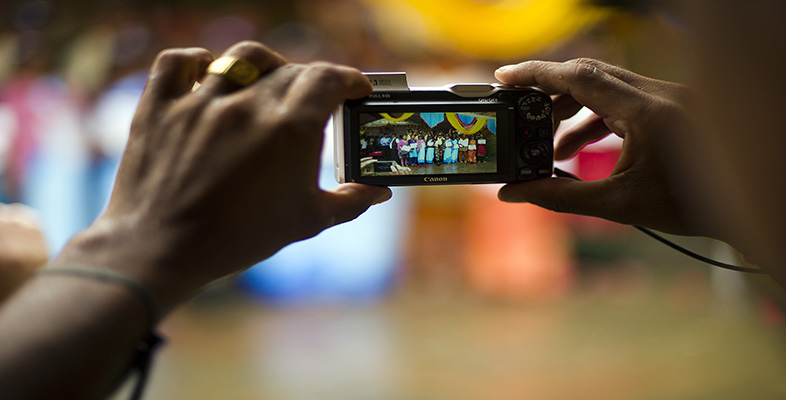2.1 Why make use of other resources?
You may already be familiar with the notion of reflective practice, which typically has four stages:
- identifying a need
- planning how to address that need
- carrying out an activity or action
- reflecting upon the effectiveness of that action.
The Practitioner Research Cycle (Twining, 2011) extends that by adding in two further stages:
- finding out what the wider community already knows about the need you have identified
- sharing in return what you’ve learnt through your activities or actions to further enrich the community knowledge base.
Activity 3
Read this brief introduction to practitioner research by Twining: What is Practitioner Research? [Tip: hold Ctrl and click a link to open it in a new tab. (Hide tip)]
Write down a few sentences on how this might relate to finding and reusing learning and teaching resources you can find on the web.
Discussion
By making use of resources created by other educators, you can learn from their experiences and find new ways of approaching a topic. Your students are given the opportunity to access expertise from different sources, often giving a different context or point of view and potentially enriching or breathing new life into a subject area.
As a teacher, time is a valuable commodity and you don’t have to reinvent the wheel. Making use of high quality existing resources can free up time to spend on other activities.
Activity 4
Watch this video, which is one of the case studies you watched in Activity 1 at the start of this unit. Note in particular the reasons Raj gives for making use of shared resources. Consider her statements. Were there aspects to resource reuse that you had not previously considered?
Transcript: Rajbir
Answer
Benefits to using shared resources might include:
- accessing resources that you don’t have the tools or skills to create yourself, for example a film or video or set of photographs
- refreshing your teaching materials – new resources are being created and shared all the time and a ‘stale’ lesson can be reinvigorated with something new
- course or curriculum requirements can change and you may find that others have already created resources to meet these new needs
- accessing resources that use other contexts than those with which you are working in
- gaining feedback from others, which you may then use to improve your resources.
